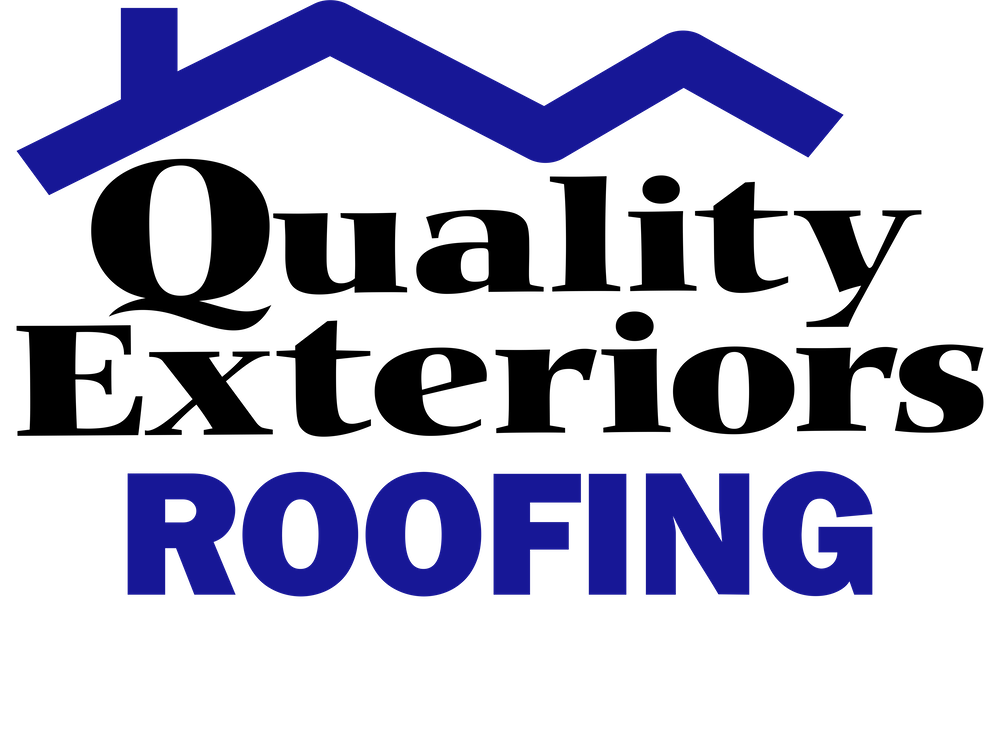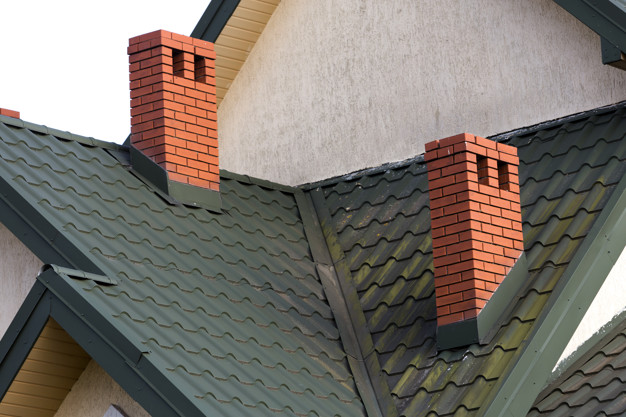Your roof is one of the most, if not the most, important aspects of your home. A tiny leak may not seem like a big deal, but small leaks can grow quickly into big problems. Those tiny water stains on your ceiling can run down your walls and warp your floors, not to mention the mold, rotten framing, and damaged insulation you’ll have to contend with.
Fixing your roof can be a time-consuming and expensive endeavor if you allow a small leak to go unchecked. However, do-it-yourself roof repair on a small leak isn’t particularly difficult, so long as you deal with it the first time you see signs of it.
Our Shreveport-Bossier City roofing contractors provide a few helpful roof repair tips for dealing with the most common types of roof leaks.
Roof Repair Solutions: How Do I Find Roof Leaks?
The most common question we get, as Bossier roof repair contractors, is, “Why is my roof leaking?”
Finding your roof leak is the hardest part of roof repair. The easiest way is to head up to your attic, if you have access, and poke around with a flashlight. There will be plenty of signs to point you to the source of the leak: black spots, water stains, heavy concentrations of mold, etc. These signs are usually a little below the actual location of the leak and maybe a little to the right or left.
Aside from those signs, you should look for anything that penetrates through the surface of your roof, such as vents, chimneys, dormers, and anything that projects through the roof. The places around these penetrations are the most likely culprits for roof leaks. In fact, it’s pretty uncommon for leaks to develop in spaces of uninterrupted shingles, even on an older roof.
If you don’t have access to your attic or if you have a vaulted ceiling, you will need to go out onto the roof itself to hunt for leaks.
What If I Still Can’t Find My Roof Leak?
If you are having trouble finding a difficult leak for roof repair, you’ll need to enlist a helper to stay in the house. You will need to get on the roof, around where the leak appears inside the house. Take a water hose up there with you, and run the hose onto the roof’s surface. Be methodical, and don’t move the hose too soon. Let the water run over the surface of the roof for several minutes before you move it. Have your helper inside the house give you a shout when they see a drip appearing on your ceiling. This will give you the approximate neighborhood of the leak and allow you to begin your roof repair.
If this method is not effective, don’t be shy; start pulling up shingles in the general area you believe the leak to be located in. There will be plenty of evidence underneath the shingles, like discolored felt paper and damaged wood, and you will be able to find the exact source of the leak.
Roof Repair Solutions For Small Leaks
Very small leaks oftentimes have very simple solutions. These are a few of the more common causes of roof leaks and their solutions:
Shiners
A shiner is a nail that missed its mark when the carpenter nailed the roof sheathing to the rafters, meaning the end of the nail will jut down through the underside of the roof. Cold, damp air escaping into your attic will condense on the bare end of the nail, coating it in a layer of frost and leaving the visible end of the nail looking white. On warmer days, this frost will melt and drip, creating a small leak. At night it will freeze again, and so on.
Leaks caused by shiners won’t always show up if you’re looking from the surface of the roof, so you’ll need to look for them on the underside of the roof. The frost should make them easy to spot with a flashlight.
Roof repair for this type of leak is simple; just clip off the end of the nail with side-cutting pliers.
Plumbing Vent Boots
Plumbing vent boots can be made of plastic, metal, or some combination thereof. Leaks can develop in cracks around their bases or in the rubber sealant surrounding the base of the pipe itself. If the base of your roof’s plumbing vent boot is made of plastic, check it for cracks, and if it is metal, check the seams for gaps. These breaks can let water into the house along the pipe.
You should also examine the rubber boot surrounding the base of the pipe. If you find any of these problems, you can purchase a new rubber boot and replace what is cracked, broken, or rotten.
However, if there are missing nails at the base and the boot is in good shape, you can replace them with rubber-washer nails at any home improvement store.
If you have cause to remove shingles and don’t have any extras, be careful when removing them so that they may be reused when your roof repair is complete. Use a flat bar to separate the sealant between the layers and to pop out the roofing nails.
Roof Vents
If your roof vents are plastic, check for cracks in their housing. If they are metal, check for broken seams. You can apply caulk to any breaks or cracks you find, but as a long-term roofing repair solution, that really doesn’t work. Most of the time, the only surefire way to solve this issue is to completely replace your roofing vents.
Another issue that may arise around your roof vents is loose or missing nails at their base. Replace these with rubber-washer screws.
Walls and Dormers
Water often makes its way into the house around windows or between cracks in the siding. Dormer walls, or places where the shingled surface meets a wall, provide plenty of opportunities for water to dribble or leak in. Caulk is placed in the nooks and crannies of these surfaces to prevent leaking. It can get old, crack, or can even be missing between siding, window edges, and corner boards.
Dig out any caulk that may be damaged or broken and replace it with a new, high-quality caulk. Replace any damaged siding. If the leak continues, pull up the corner boards and check the overlapping flashing.
Roof Repair Solutions for Complex Roof Problems
Some causes for roof leaks may be more difficult to locate and solve, but if they are attended to early, may still be solved yourself. Complex problems, however, may require complex roof repair solutions.
Ice Dams
Ice dams occur when snow melts and then refreezes at the edges of the roof, creating a wall of ice behind which snow and water may pool. The solution to solving leaks caused by ice dams begins with good flashing. You can place an adhesive strip of ice and water barrier underneath the main roof joint.
Place these adhesive strips all the way down from the main joint all the way down to the roof’s edge. Re-shingle over the ice-water barrier. This may stop both leaks from ice dams and leaks from driving rain. If leaks continue, consider installing roof edge heating cables to prevent ice dams from occurring there. However, proactive attic insulation and ventilation is usually the best way to prevent ice dams from forming.
Step Flashing
Step flashing is used wherever shingles intersect with a wall. Its purpose is to channel water downhill, but it can rust, or come loose, allowing water to rush in behind it. Rusted flashing should be replaced. This will mean prying shingles and siding loose to get at the damaged step flashing. For this roof repair tip, it is especially important to be careful and thorough; one misplaced nail can cause a piece of step flashing to slide downward, exposing the wall.
Small Holes
Tiny holes in the shingled surface of your roof can cause untold amounts of damage before you ever notice them. This can include holes left over from a satellite dish, antenna mounting brackets, or anything that has been fixed to your roof. You can fix these problems, not with caulk, but with flashing.
Brick Chimneys
Brick chimneys are a common cause of roof leaks. Flashing around chimneys can rust easily, especially in the 90-degree bend at the bottom. For a short-term roof repair, you can slip new flashing underneath the old, but this will only be sufficient for a while as a complete roof repair. The best long-term repair is to install completely new flashing.
Contact Quality Exteriors for Professional Roof Repair
At Quality Exteriors, we have more than 35 years of experience in the home improvement business. We’re proud to provide you with exceptional customer service and the highest-quality workmanship on every project. Our Bossier City roof repair company is locally owned and operated. Give us a call at 318-747-1254 to schedule a consultation today!

